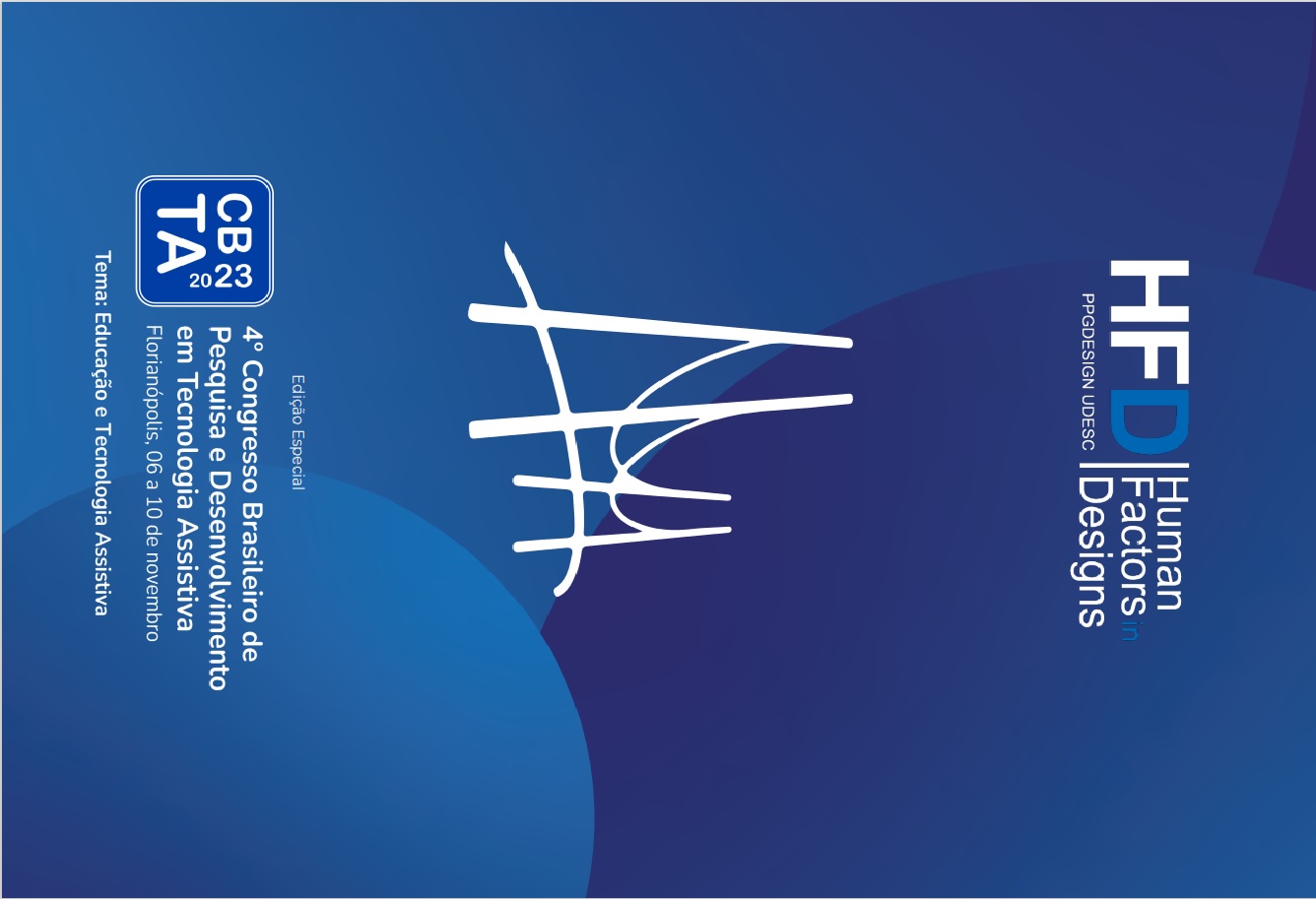Anatomia Tátil 3D: material educativo inclusivo para o ensino e aprendizagem da anatomia humana
DOI:
https://doi.org/10.5965/2316796312242023083Palavras-chave:
ensino inclusivo, anatomia humana, impressão 3DResumo
Este estudo apresenta o desenvolvimento do projeto Anatomia Tátil 3D baseado nos princípios do Desenho Universal (DU). O objetivo é criar representações tridimensionais de órgãos humanos, visando o ensino de estudantes do Ensino Fundamental II. Utilizando o software Blender, imagens do aplicativo Atlas Anatomia 3D são referências para a modelagem e posterior impressão 3D. As peças desenvolvidas incluem texturas representativas dos tecidos dos órgãos, legendas em Braille e alfabeto tradicional. O estudo cumpre os princípios do DU, garantindo equidade, adaptação, segurança e facilidade de uso para todos os estudantes, promovendo uma experiência educacional inclusiva e enriquecedora.
Downloads
Referências
BRASIL. Estatuto da Criança e do Adolescente: Lei federal nº 8069, de 13 de julho de 1990. Rio de Janeiro: Imprensa Oficial, 2002.
BRASIL. Ministério da Educação. Base Nacional Comum Curricular. Brasília, 2018.
CARLETTO, A. C.; CAMBIAGHI, S. Guia Desenho Universal: um conceito para todos, 2007. Disponível em: https://www.maragabrilli.com.br/wpcontent/uploads/2016/01/universal_web-1.pdf. Acesso em: 30 jul. 2023.
GÓES, A. R. T.; COSTA, P. K. A. Do Desenho Universal ao Desenho Universal para Aprendizagem. In: GÓES, A. R. T.; COSTA, P. K. A. (Orgs.). Desenho Universal e Desenho Universal para Aprendizagem: Fundamentos, Práticas e Propostas para Educação Inclusiva. São Carlos: Pedro & João Editores, 1. ed., 2022, pp. 25-33.
Downloads
Publicado
Como Citar
Edição
Seção
Licença
Copyright (c) 2023 Human Factors in Design

Este trabalho está licenciado sob uma licença Creative Commons Attribution 4.0 International License.
Os artigos publicados pela revista são de uso gratuito, destinados a aplicações acadêmicas e não comerciais. Os direitos autorais são todos cedidos à revista. Os artigos cujos autores são identificados representam a expressão do ponto de vista de seus autores e não a posição oficial da revista Human Factors Design. O (s) autor (es) se compromete a sempre que publicar material referente ao artigo publicado na Revista Human Factors Design mencionar a referida publicação da seguinte forma:
Este artigo foi públicado originalmente pela Revista Human Factors Design em seu volume (colocar o volume), número (colocar o número) no ano de (colocar o ano) e pode ser acessado em: https://periodicos.udesc.br/index.php/hfd/index


